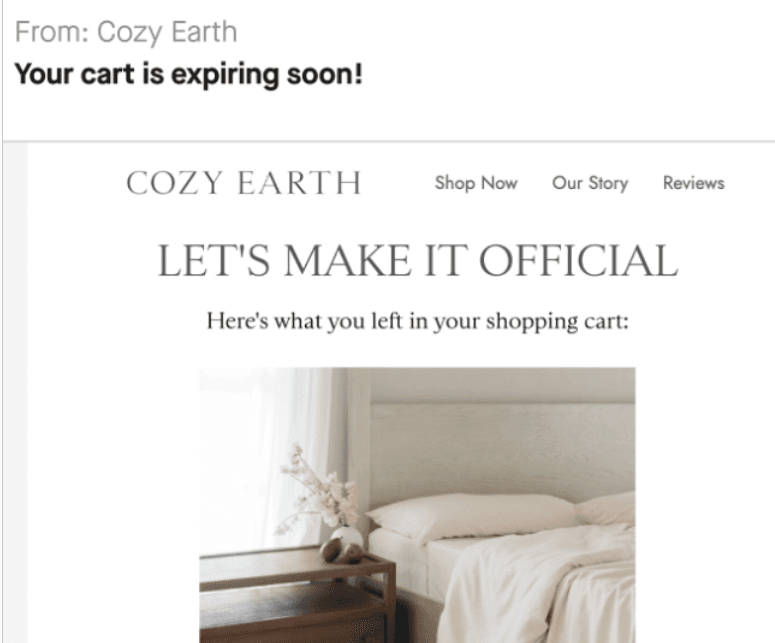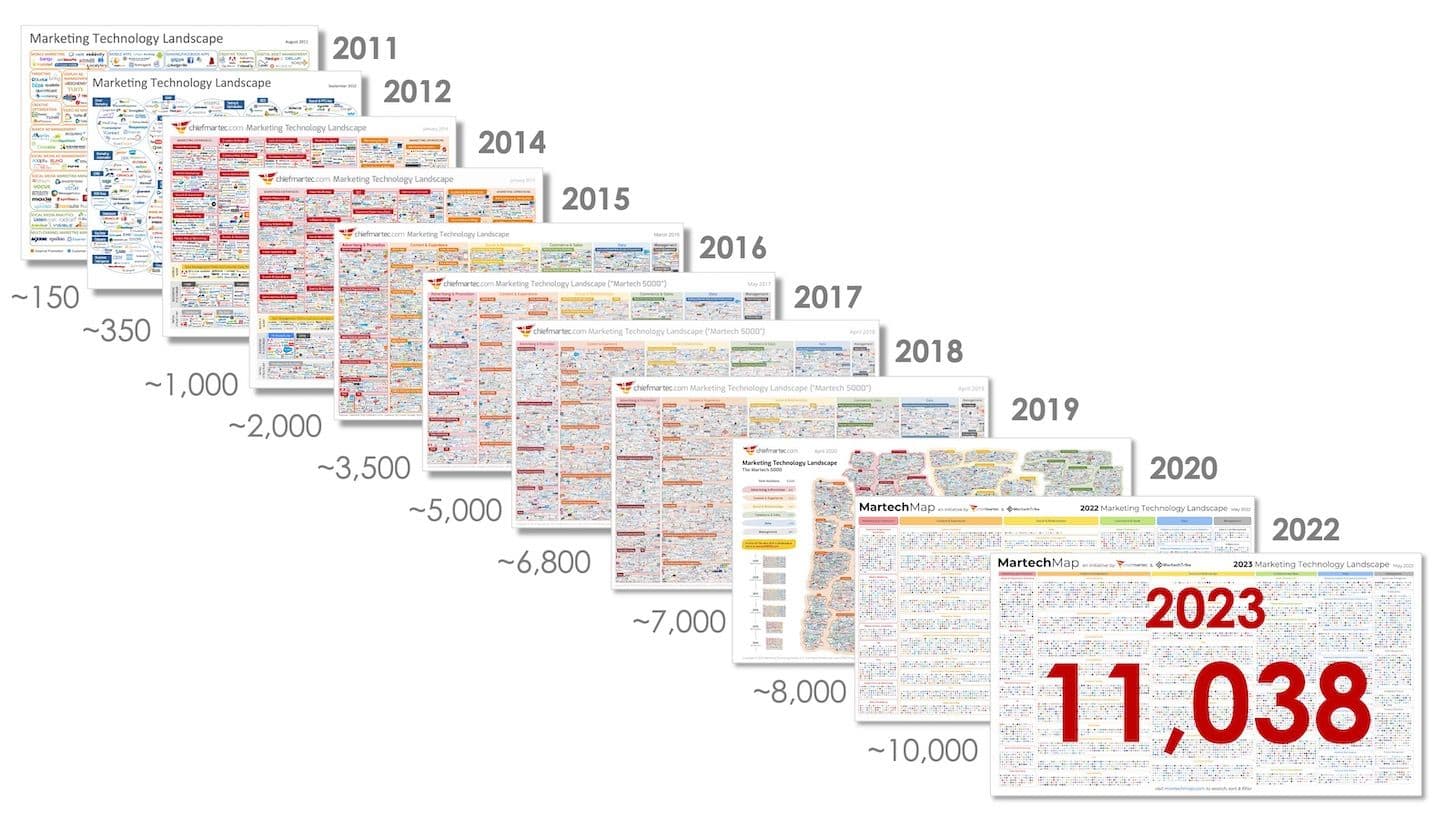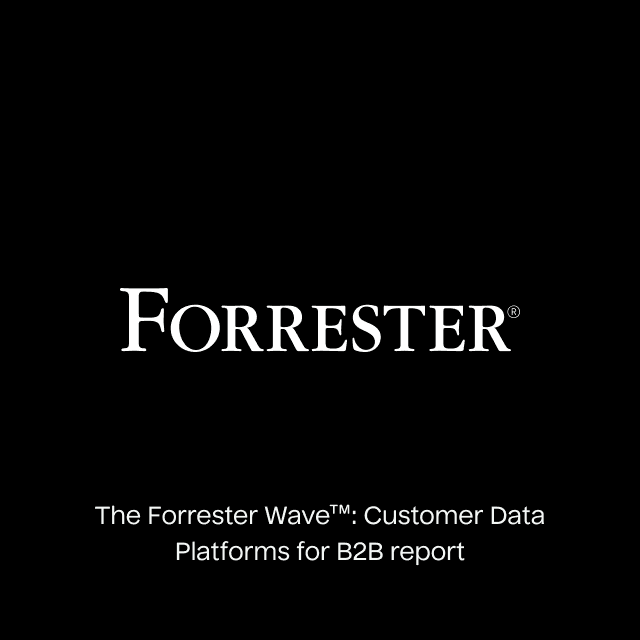Ever since marketing arose as a function, businesses have strived to personalize their marketing, messaging, offers, etc. In the old days, most business was local and took place in person. Back then, business owners built one-to-one relationships with their customers and often knew their preferences. However, over time, businesses grew, and it became impossible to scale one-to-one personal relationships. For decades, technology providers and consultants have promised ways for businesses to return to having one-to-one relationships with customers, but this hasn’t come to pass. While the phrase “360-degree of the customer” is in thousands of sales presentations, it’s still an aspirational goal. Nowadays, when most customer interactions occur digitally, we are moving further away from one-to-one customer relationships.
In this post, I want to explore how marketing personalization has evolved over the years and why I believe we are finally nearing a point where the ever-elusive one-to-one personalization dream could become a reality.
The early days of marketing personalization
Very little personalization was possible in the 1950s/1960s Madmen marketing era. Advertising was primarily done via radio, television, magazines, and newspapers. Radio and television advertisements could only be personalized by the type of show and time of day.

Contextual targeting—targeting advertisements based on the content user views was the next step in personalization. Contextual targeting could be seen in magazines and newspapers, where users self-selected themselves into advertising based on the type of magazine or newspaper section, such as politics, sports, lifestyle, etc.
Brands were limited in personalization in these analog marketing channels since most were one-to-many mediums. Marketing spending in any of these channels might have been effective. Still, it was wildly inefficient since many of the people marketed to were not the ideal customer profile (ICP) the brand was looking for. It was difficult to measure advertising impact.
Early digital marketing
In the 1990s, marketing began going digital. Email, which seems commonplace today, was groundbreaking in its time. Unlike direct mail, which was difficult to measure, email allowed marketers to communicate directly with prospects and customers and see how often recipients engaged with their marketing messages. The ability to quantify email opens, views, and clicks was revolutionary. It was like visiting all direct mail recipients in their homes and watching what they did with the mail they received, but more efficient! Emails could be sent in batches, and marketers could test different subject lines, content, etc. The data from email campaigns could be analyzed and personalized over time to boost conversion rates and sales. It was a massive step forward for marketers and transformed marketing from a creative endeavor to a creative and data-driven one.

After email came marketing websites. As the Internet grew in popularity, brands built websites to provide a destination for email clicks and a place to showcase products and services. Initially, all customers were shown the same website experience, but over time, marketers used “web analytics cookies” to understand what users were viewing and clicking on and started changing content based on past behavior. Eventually, brands enticed customers to create accounts on websites, which allowed brands to build digital profiles of known customers. Website authentication combined with more advanced content management systems and optimization tools allowed businesses to dynamically change content, product recommendations, or offers to boost revenue.

Around the same time websites emerged, digital advertising began replacing analog advertising. Search engines like Google and display advertising networks like DoubleClick enabled marketers to bid on advertisements with unprecedented granularity. Marketers could personalize advertisements based on sub-sections of websites and specific search keywords. The amount of data available for marketers to analyze and optimize was incredible.
The emergence of data warehouses and CDPs
Beginning in the 2010s, more and more business was conducted digitally. Businesses had customer data from stores, emails, websites, mobile apps, advertising networks, customer support, and other internal systems. While you would think that more customer data was better, most businesses were overwhelmed by the massive amounts of customer data they received. To address customer data overload, businesses began using hundreds of SaaS products to track customer interactions. CRM systems for sales efforts, digital analytics tools for website and mobile app behavior, customer service systems for support, email systems for messaging, and advertising-related systems for ads.

Source: Chiefmartech.com
With all of these disparate systems, customer data was split and duplicated across various SaaS products, each with its customer profile for each customer. Customers who used the website would have different experiences if they used the mobile app or visited a physical store. Instead of improving marketing personalization, these disparate systems often made personalization worse.
To address the discontinuity of customer data, businesses began investing in customer data platforms (CDPs). The premise was that if all digital marketing data could be aggregated in one place, disparate customer profiles could be unified so marketers could personalize the holistic customer experience. CDPs began offering data ingestion, identity resolution, audience creation, and data activation to downstream marketing tools instead of having many customer profiles, data warehouses, and CDPs limited customer profiles to one or two.
However, while CDPs did a good job of consolidating digital marketing data, over the past few years, there has been a push for organizations to consolidate all customer data in one place to improve personalization, including physical store data, customer service data, etc. For example, by combining website, store, and support data, a marketer could build an audience of customers who have abandoned a product in an online shopping cart but exclude those who purchased the product in the store or those who currently have an open shopping cart support ticket. Unfortunately, legacy CDPs weren’t built for this level of data volume. Storing all customer touchpoints in a marketing-based CDP was very expensive.
The need for an economical place to store all customer data led to the explosion of cloud data warehouses, including Snowflake, Databricks, BigQuery, Redshift, etc. Cloud data warehouses were dramatically less expensive ways to consolidate customer data and offered much more functionality than marketing-based CDPs. So, organizations looking to deliver one-to-one personalization and leverage all customer data began investing heavily in cloud data warehouses. Unfortunately, cloud data warehouses didn’t offer many of the features of legacy CDPs, such as identity resolution, audience building, and audience activation. These gaps were later filled by a new technology called Composable CDPs, which offered traditional CDP features atop the data warehouse. So now, many organizations are combining cloud data warehouses and Composable CDPs to get the best of both worlds - all customer data with the ability to activate it to personalize customer experiences. In effect, the cloud data warehouse has become the new CDP.
However, even with all customer data consolidated and activated from a central data warehouse, personalization efforts are still limited by the manual work needed to build audiences and determine which messages each audience should receive. And since audiences could contain hundreds or thousands of people, delivering the desired one-to-one personalization was still out of reach.
AI Decisioning - The next frontier in personalization
With many organizations now having all customer data in one centralized data warehouse, the final challenge to delivering one-to-one personalization is figuring out how to efficiently leverage each user’s data to provide personalized messages and offers. Recently, a new use of AI technology called AI Decisioning (or agentic marketing) has been promising to fix this last-mile problem of one-to-one personalization. Even as businesses work tirelessly to consolidate customer data and build unique customer profiles, as noted above, personalization is still largely a manual process. It’s common for marketers to require multiple people and several days or weeks to send emails, and even those emails have a finite number of versions sent to customers. Websites, even those where users have authenticated, show similar content and offers to most customers.
Advertising networks can teach us much about automating personalization. They have built automated algorithms to deliver super-targeted ads to individual users, and ad targeting has now been improved through the use of AI. But why shouldn’t every organization be able to be as good as the advertising networks with its own personalized content and offers? Luckily, AI Decisioning is now bringing this technology to internal marketing organizations!
AI decisioning uses AI agents to take the heavy lifting of personalization off of humans. AI agents have no limits and can be used to analyze customer profiles and suggest the best messages, content, and offers. If marketers can provide goals, creative assets, and guardrails, AI agents can run unlimited tests to fine-tune what they know about each customer and deliver highly personalized experiences. In addition, AI Decisioning agents can send insights learned back to the customer data warehouse in a continuous loop to improve customer data. Over time, AI Decisioning allows businesses to understand each customer’s unique preferences, needs, and desires, and when built upon a robust CDP, it can take all customer data into account. Finally, marketers can deliver on the decades-old promise of one-to-one personalization but do so at scale!

In the next few years, AI Decisioning will improve and be empowered to make even more personalization decisions for businesses. AI Decisioning can determine what email subject lines and content customers should receive. It is even beginning to determine the appropriate marketing channel for each customer (e.g., should the customer receive an email, a push notification, or a paid advertisement). Armed with customer lifetime value, lookalike audiences, and propensity scores, AI Decisioning will likely soon decide how much to spend on digital ads for each customer based on a computed expected rate of return. We may even see AI Decisioning help customers find content and products via a personalized shopping assistant.
Final thoughts
When looking at the history of marketing personalization, it’s incredible to see how far it has come. We have evolved from humble beginnings of television ads viewed on only a few channels to AI agents delivering one-to-one personalized messages to thousands of customers. Over the decades, each technological advancement has built upon the last while the overarching goal of one-to-one personalization has remained the same. It will be exciting to see where AI takes us in the future, but early indicators show that marketers will finally be able to deliver on its longstanding promise of one-to-one personalization, which should be a win for all parties involved.















